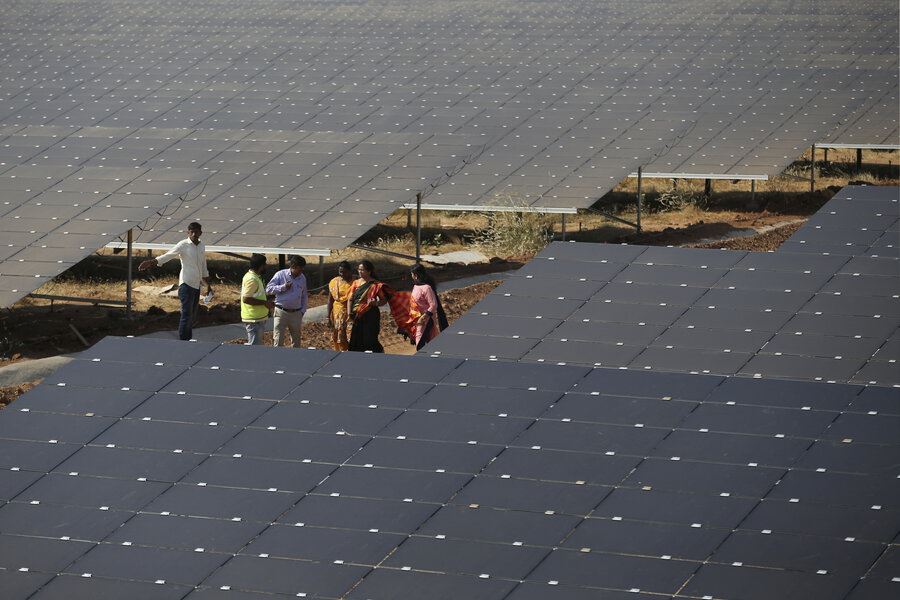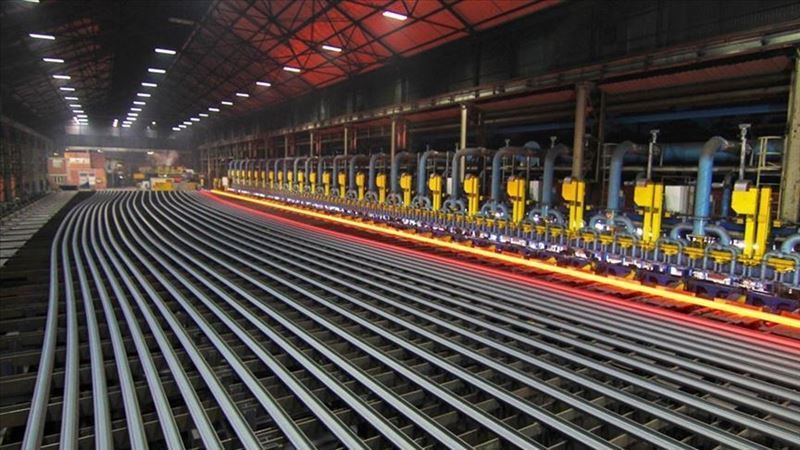The Indian government has undertaken a notable shift in its energy strategy by opting to halt the construction of new coal plants for a period of five years. This decision is intended to prioritize the advancement of battery power as a viable alternative energy source. Presently, coal accounts for approximately 73% of India's energy production, making it the third-largest emitter of carbon dioxide globally. However, the country has set its sights on achieving zero carbon emissions by 2070, a target that may prove insufficient in mitigating the most detrimental impacts of climate change.
Under the leadership of Prime Minister Narendra Modi, the government has established a goal of installing 365 gigawatts of solar power by 2031-32. In a bid to promote domestic production, a 40% import tax was imposed on Chinese solar panels last year. Nevertheless, Indian panel manufacturers have encountered difficulties in meeting the demand, prompting the government to reduce the tariff to 20%, which bodes well for the industry. While India currently possesses the capacity to manufacture panels generating 32 gigawatts of power annually, the industry necessitates 52 gigawatts each year.
India's annual installation of renewable energy has remained around 17 gigawatts, falling short of the targeted 52 gigawatts. To realize its climate objectives, India must significantly augment its yearly installation of renewable energy.
By prioritizing the expansion of battery power over the next five years, India aims to tackle the challenge of energy storage for renewable sources such as solar energy. This decision is viewed as a positive stride toward harnessing the potential of renewable energy and decreasing reliance on coal.









Comments
No comment yet.